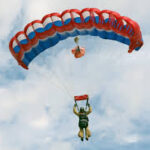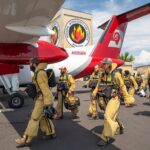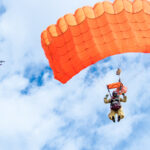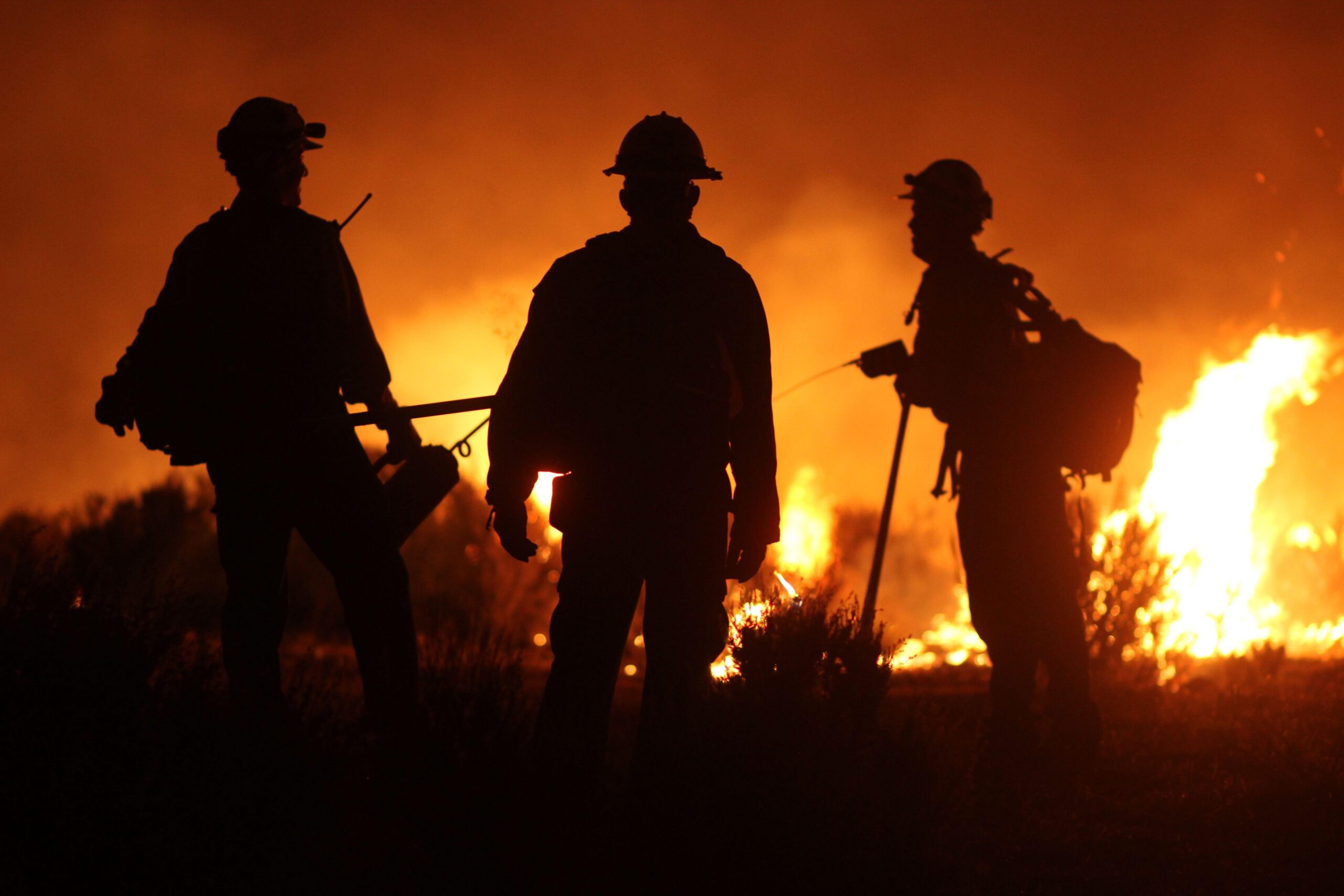
By Alex Johnson
Smokejumpers, the fearless firefighters who parachute into remote and rugged terrain to combat wildfires, represent the pinnacle of aerial firefighting. These highly trained individuals are often the first line of defense against wildfires, tackling blazes in areas that are otherwise inaccessible. Their origins trace back to the early 1940s, a period of innovation and necessity that has shaped one of the most dangerous yet crucial roles in wildfire management.
The concept of smokejumping emerged during the late 1930s and early 1940s as a response to the increasing number of wildfires in the United States. The Forest Service needed a quick and effective way to reach fires in remote locations, where ground access was limited or impossible. In 1939, the first experimental jumps were conducted in Washington’s Methow Valley and Montana’s Nez Perce National Forest, marking the humble beginnings of this daring profession.
By 1940, the success of these experiments led to the establishment of the first smokejumper base at Winthrop, Washington, and the first official jump took place. Earl Cooley and Rufus Robinson, two of the earliest smokejumpers, made history by jumping into the Nez Perce National Forest on July 12, 1940, to tackle a wildfire. This marked the start of a new era in wildfire suppression, where the speed and agility of parachuting firefighters could make a critical difference in controlling fires before they spread out of control.
Throughout World War II, the demand for smokejumpers grew, and many military paratroopers were recruited for their parachuting expertise. The skills and discipline they brought with them significantly enhanced the effectiveness and safety of smokejumping operations. The 555th Parachute Infantry Battalion, also known as the “Triple Nickles,” was an all-Black airborne unit that played a pivotal role in smokejumping during the war, especially on the West Coast where Japanese fire balloons posed a unique threat.
The post-war era saw advancements in equipment, training, and techniques. By the 1950s, smokejumping had become a well-established component of wildfire management, with bases spread across the western United States. The introduction of aircraft specifically designed for smokejumping missions, such as the DC-3 and the Twin Otter, further increased the reach and efficiency of these airborne firefighters.
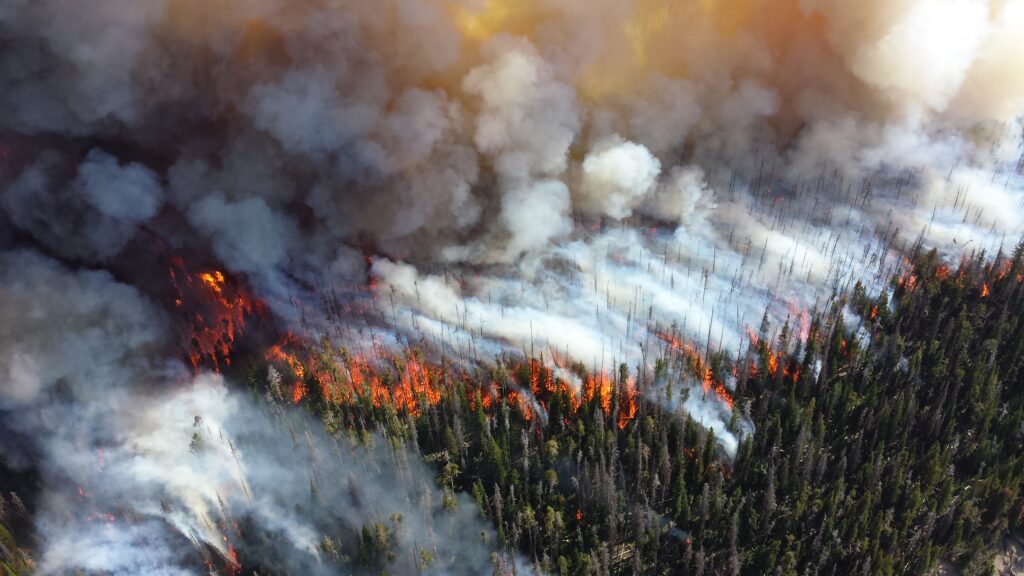
Today, smokejumpers continue to be an essential part of wildfire suppression efforts, relying on both traditional skills and modern technology. They undergo rigorous training, including physical conditioning, parachuting practice, and extensive firefighting education. Smokejumpers must be able to survive in the wilderness for extended periods, as they often operate in the most remote and inaccessible areas.
Equipped with state-of-the-art gear, modern smokejumpers use GPS, advanced communication systems, and specialized firefighting tools to battle blazes. Their parachutes and jumpsuits are designed for both safety and functionality, allowing them to land accurately and ready for immediate action. Despite these advancements, the core of smokejumping remains unchanged: brave individuals risking their lives to protect the environment and human communities from the ravages of wildfire.
The legacy of smokejumping is one of bravery, innovation, and resilience. From the early experimental jumps to the sophisticated operations of today, smokejumpers have continually evolved to meet the growing challenges posed by wildfires. Their history is a testament to the human spirit’s determination to overcome obstacles and protect the natural world.
As climate change continues to increase the frequency and intensity of wildfires, the role of smokejumpers becomes ever more critical. These airborne heroes embody the courage and dedication required to face one of nature’s most formidable adversaries, ensuring that the battle against wildfires remains both a noble and necessary endeavor.

